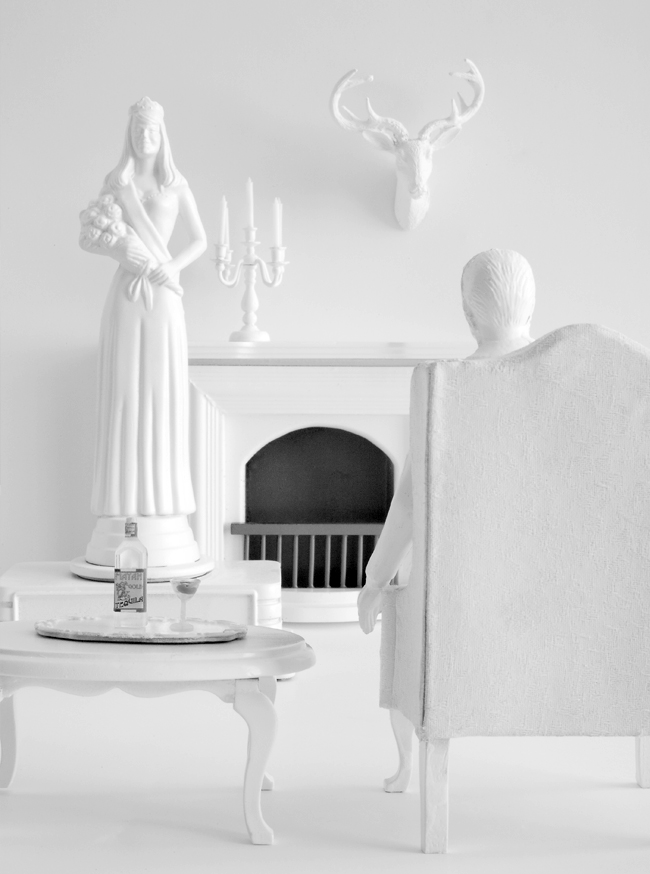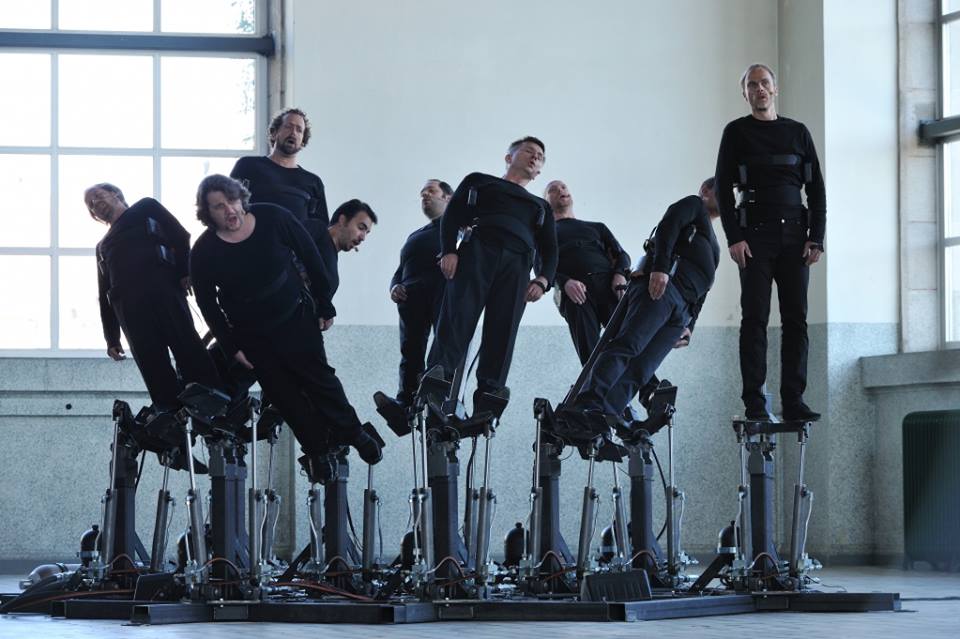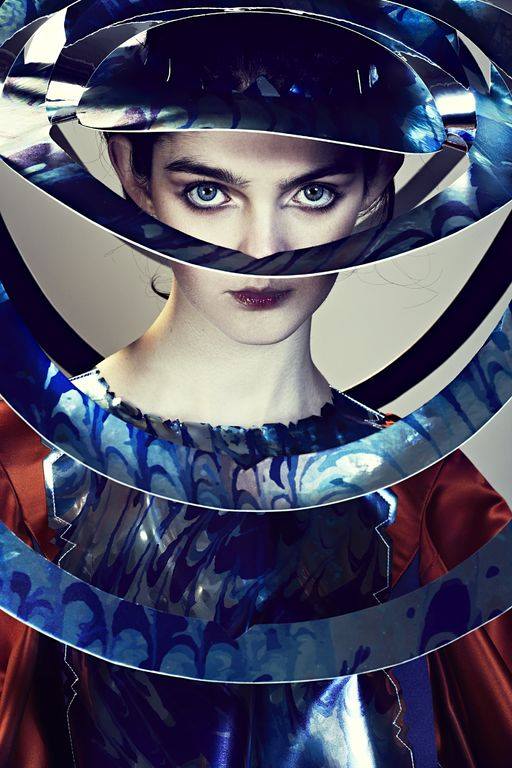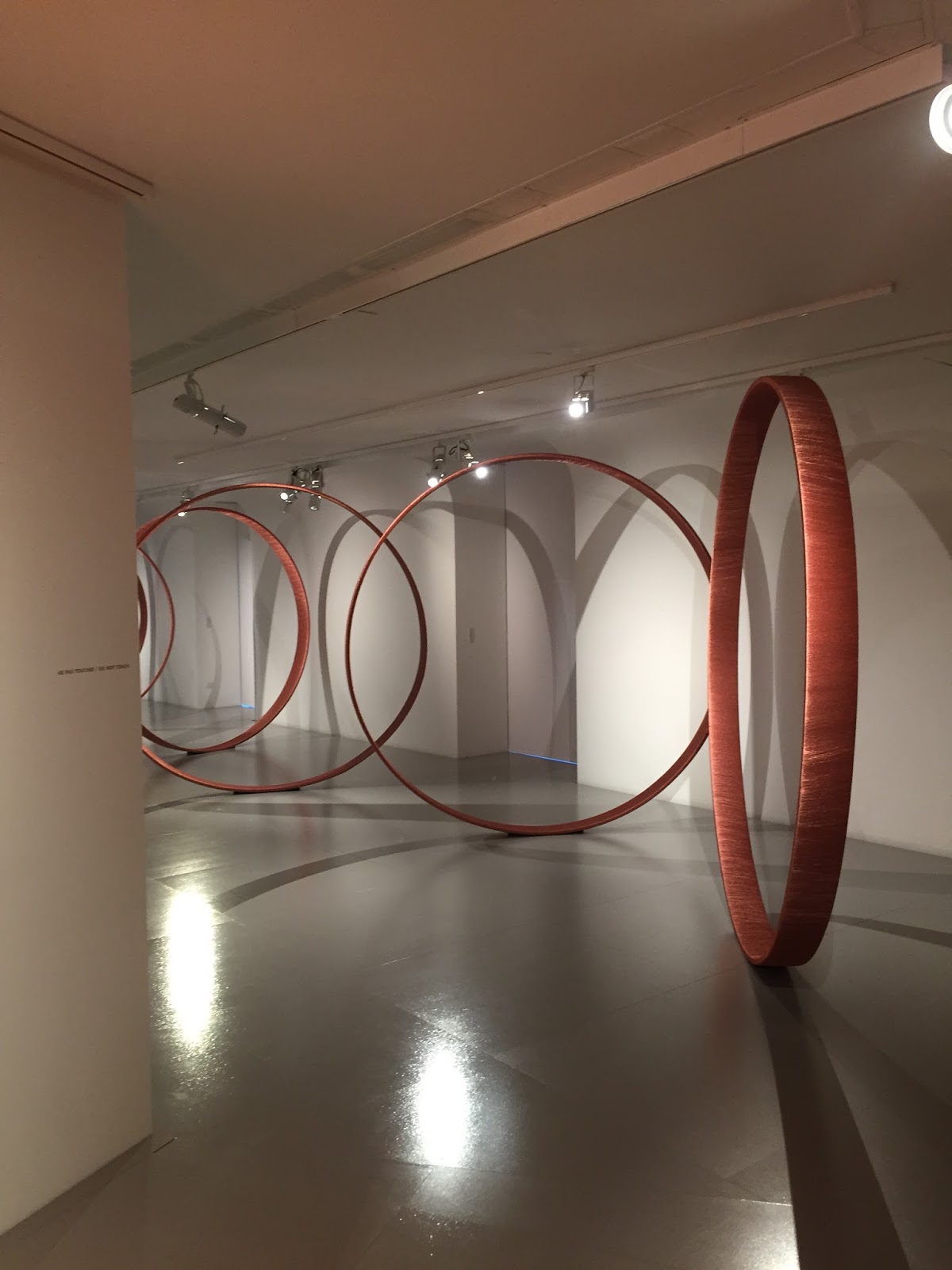the liquid room
Elizabeth Ogilvie is a Scottish artist who uses water as a medium and as a research focus. Water is the obsession which returns in most of her works and it becomes experience through the use of installations and videos. Her work embraces universal and timeless concerns, offering her public an innocent pleasure and at the same time underlining philosophical and ecological issues.
Through her installations, the artist isolates water inside an artificial state, creating a process which highlights its fundamental qualities in order to return to its place of origin which is the natural habitat. Among her most important works there is Liquid Room realized in 2002. Inside a derelict warehouse the artist created basins with water which were crossed by a footbridge. By linking art, architecture and science, she realized an interactive installation where the visitor, walking on the footbridge, can touch the water, whose movement is reflected on the walls of the installation. In 2006 she created Bodies of Water, whose operation took over from her previous work.
Once again, through a series of installations, the public was able to share the experience of sensorial involvement within an environment dominated by water.

















